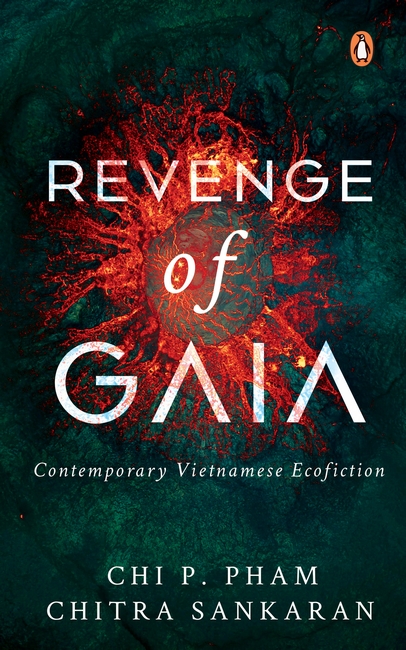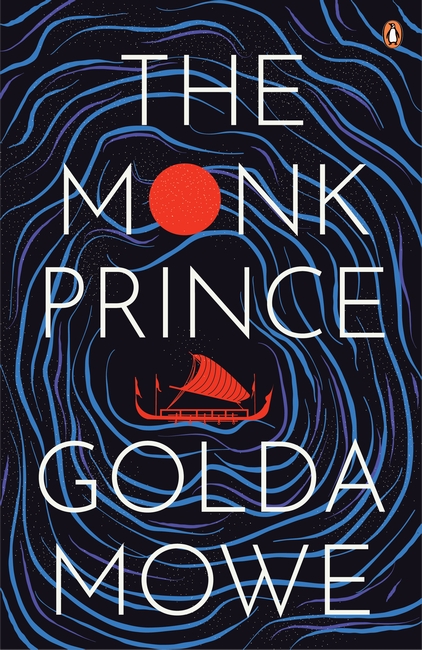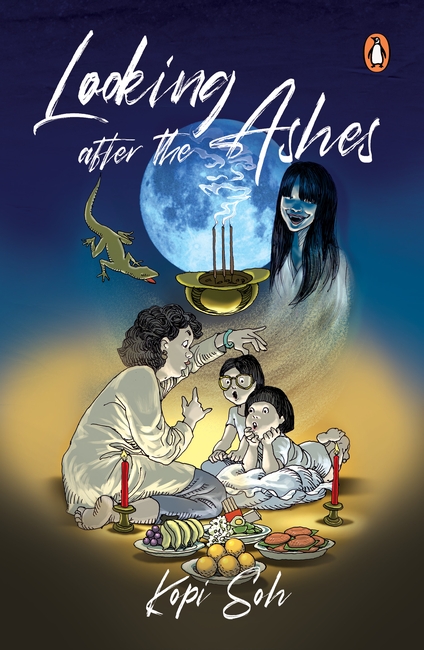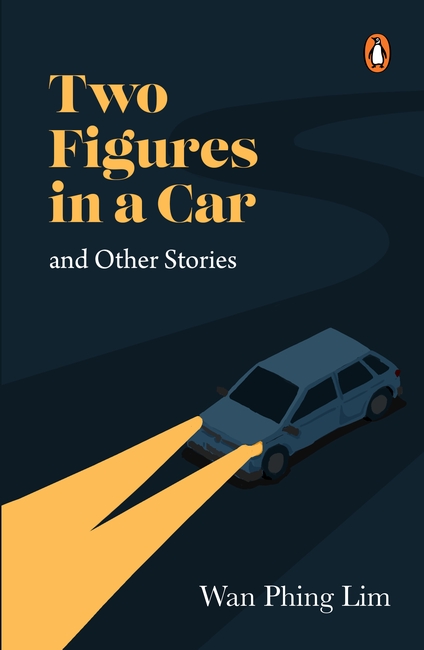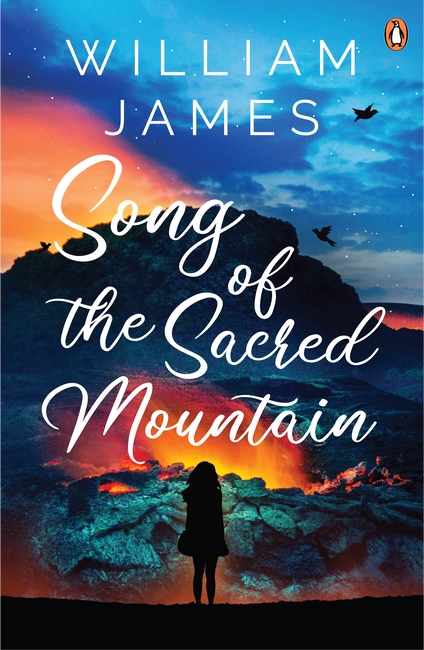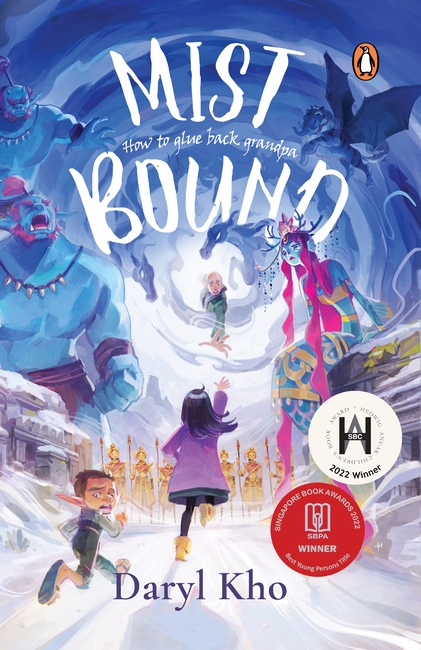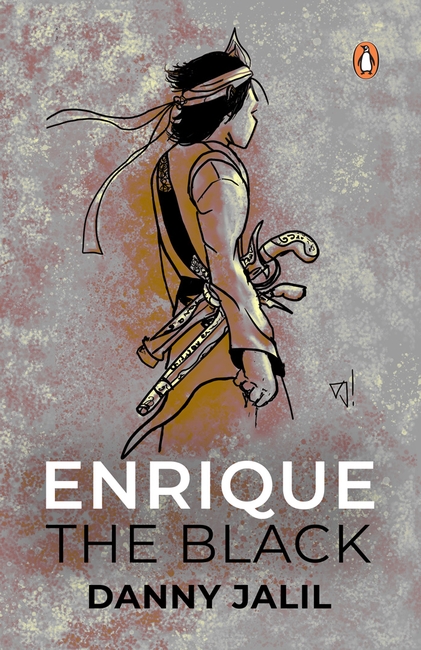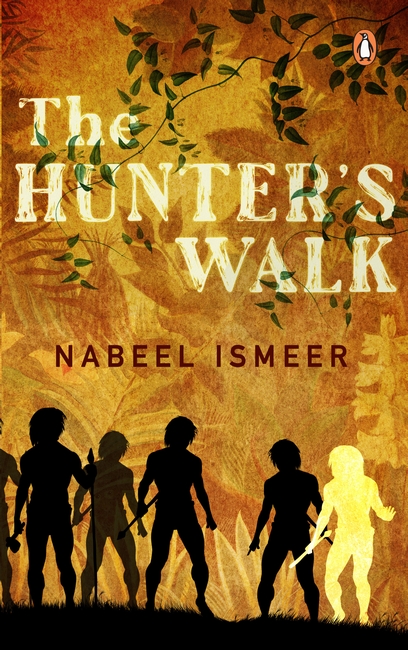Vietnamese literature, officially an ideological state instrument of nation-building, eulogizes acts that celebrate the victory and the power of human beings over the natural world. Generations of Vietnamese have been taught in school that Vietnam has ‘forests of gold’ and ‘seas of silver’ as well as fertile land. Vietnamese literary works, whether about the non-human or the human world, potentially reflect and resonate to these political orientations in environmental policies that ultimately serve the path to ‘progress’, ‘development’ and ‘modernisation’ of the nation.
The fiction chosen for this collection have been in active circulation in Vietnam since 1986, ‘The Reform Year’, when Vietnamese artists and writers were politically and culturally ‘liberated’ and engaged with great commitment in criticizing, among other things, the government’s environmental policies and ways in which these were enmeshed in economic strategies and schemes for so-called national progress. Thus, modernization and industrialization that were the chosen paths of the postcolonial Vietnamese government, become the major targets of contemporary Vietnamese ecofiction.
All these stories, extremely contemporary, emphasise a counter-narrative that challenges socialist goals of development and modernisation. They articulate and affirm a more holistic vision, where man is no longer a predator but a participant of nature. These stories therefore are politically charged and pave the path for a more visionary future.
Catagory: Fiction
The Monk Prince
After twenty years of searching, King Waluyo finally gets his son back. He cannot understand why his beloved younger wife had insisted that their son become a monk. What was she hiding from him? Why did she want to separate their only child from him? When he learns that Alak Tegoh the crown prince is not his biological son, he realises that Queen Megabintang may have poisoned his other children. To protect his only living child and the people of his kingdom, Waluyo must use all his political acumen. His biggest hurdle, however, is Parantapa’s attitude towards politics and war. Can he persuade his son to relinquish his Buddhistic upbringing of non-violence? Or will he fail and see all that he has built fall into the hands of his brother-in-law, King Jayagapor?
The Ash House
The Tjoa ash house originally intended for ancestral tablets has stood at the top of Kota Cahaya’s exclusive Green Hill for a century. Now, it is all drooping lintels and sagging roof; a haunted house with a haunted heir in it-Arno Tjoa, a Barbie-doll fixated cripple whom Sister Mary Michael, the clairvoyant nun, has been sent to set free.
Arno believes that Bing Fa-the fascinating spirit of a pipa-diva trapped in a ghost marriage to his grandfather-is the key to solving the misfortunes plaguing the house. All will be well with Girl, the comatose maid he is obsessed with, Irene Tjoa his controlling aunt, and the Tjoa fortunes if Bing Fa is released from her doll-house prison.
However, as the family’s skeletons are unearthed, the nun realizes it is not in her power to save everyone or everything. Who must be sacrificed? What must be left to turn to dust?
Set in a 21st century Southeast Asian port city where spirits still linger, The Ash House weaves between the visible and invisible to tell the story of an overseas-Chinese merchant family haunted by the legacy of love gone wrong, with an ending both unexpected and heartbreaking.
Looking After the Ashes
If you eat while lying down, you will turn into a snake. If you don’t polish off all the rice on your plate you will marry a man full of pimples and pockmarks.
Looking After the Ashes is a semi-biographical fiction of Kopi Soh’s childhood stories. Growing up in a large extended Taoist influenced Peranakan family filled with strong women, Kopi hears these words of ‘wisdom’ daily. She used to live in a world where clipping finger nails at night was strictly forbidden, pointing at the moon would result in one’s ears getting chopped off, and children were forced to stay indoors during sundown for fear of collision with evil forces. A world where mental disorders and illnesses were believed to be caused by malevolent spirits. Talisman, mediums and fortune tellers were a part of everyday life.
Two Figures in a Car and Other Stories
Two figures sit in a car, waiting to commit a crime. A young girl steals her grandmother’s jade bracelet. A Malay man collects the blonde hair of a British teenager he is transfixed with, and a young woman feeds human blood to a frangipani tree.
There’s right and wrong in this world. Or is there? This collection of fourteen stories explores the grey and amoral lives of ordinary – and not so ordinary – Malaysians and Singaporeans looking to carve their place in the world.
Shifting between the dark hills of Penang island to the lonely coasts of Singapore and the cramped corners of Kuala Lumpur and Manchester, Two Figures in a Car is coloured with petty crimes, small ambitions and fantastical delusions.
Song of the Sacred Mountain
A seventeen-year-old academic prodigy from a small village in central Java, Lestari wants nothing more than to become a modern, self-determined woman. But she swims against powerful currents. Raised by her father, the revered guardian of an active volcano, she joins the many offerings to the sacred mountain yet begins to question their effectiveness. The more Lestari learns about science and geology, it seems, the less she believes in ritual.
When a young Dutch entrepreneur arrives in their village to explore Indonesia’s potential for geothermal energy, Lestari befriends and falls for the charming stranger, and the rift between father and daughter widens. In the weeks leading up to her high school graduation, the volcano begins to erupt, blanketing the village in ash. Shockingly, a set a tiger prints is discovered in the dust, sending villagers into a panic.
What follows is the haunting, unforgettable story of a daughter’s search for truth and a father’s unyielding loyalty. It is about the courage to question tradition, the faith to uphold it, and the love that ultimately binds them together.
An impressive debut novel, Song of the Sacred Mountain is nothing short of a triumph, an enduring, cautionary tale of a daughter’s doubt, a father’s faith, and a love that refuses to die.
Mist-bound
Winner of the Hedwig Anuar Children’s Book Award 2022
Winner of the Best Young Persons Title at the Singapore Book Awards 2022
Can a girl, armed only with stories, make her way through a land of myth, magic and monsters, to save her grandfather’s shattered memories before they’re forever lost?
His only cure? Memory Glue. To brew it, Alexis just needs eight ingredients: stuff like, nose hair from a baku (dream-eater), sweat from a duyung (sea siren) and … OK. Maybe some are tricky to find in local supermarkets.
To obtain them Alexis must journey to a realm where the fabled creatures from Grandpa’s folktales are alive in the flesh (and often flesh-eating).
At least she’ll have fun company: the nasty kenit (forest imp) who’d cast the horrible spell on Grandpa, and her no-nonsense Grandma, who harbours a secret that will change Alexis’ life forever …
Piece of cake, right?
Oh, there’s also a deadline.
Can Grandpa be saved before he’s forever lost to the mists within his mind?
Based on a true story.
That Night
Natasha, Riya, Anjali and Katherine were best friends in college – each different from the other yet inseparable – until that night. It was the night that began with a bottle of whisky and a game of Ouija but ended with the death of Sania, their unlikeable hostel mate. The friends vowed never to discuss that fateful night, a pact that had kept their friendship and guilt dormant for the last twenty years. But now, someone has begun to mess with them, threatening to reveal the truth that only Sania knew. Is it a hacker playing on their guilt or has Sania’s ghost really returned to avenge her death?
As the faceless enemy closes in on them, the friends come together once again to recount what really happened that night. But when the story is retold by each of them, the pieces don’t fit. Because none of them is telling the whole truth . . .
That Night is a dark, twisted tale of friendship and betrayal that draws you in and confounds you at every turn.
Enrique the Black
Who was the man they called Enrique the Black?
Taken from his family, and forced into slavery during the Portuguese invasion of Malacca in 1511, the Malay boy rechristened as Enrique must quickly to adapt to a new religion, and to the strange new lands of Portugal and Spain.
A decade later his master Ferdinand Magellan, dreaming of fame and fortune, has an audacious plan to sail to the other side of the world, on a seemingly quick, uncharted route to the Moluccas Spice Islands. Enrique will prove invaluable once they arrive there, as he alone speaks the islanders’ Malay language.
What no one in Magellan’s fleet can foresee though, is how giants, bad weather, mutiny and excruciating hunger haunt their every move.
Even more dangerous however, is Magellan’s own religious fervour, which threatens to undo the entire expedition once they arrive at the islands soon to be known as the Philippines, where Enrique will face certain death, and perhaps the chance to finally taste freedom.
The Hunter’s Walk
Generations of prolonged drought and hunger have allowed the harsher voices of the Zarda tribe to set edicts of discrimination against their fair skin members.
Ghar, a dark skin cave painter and Dun, his fair skin brother, push back on this discrimination to ensure that Dun and the fair skins can take part in the Hunter’s Walk, a Zardan rite of passage.
When a fair skin is caught defying the ban on hunting, the fair skins are expelled from the tribe. Ghar has trouble coming to terms with the expulsion, and eventually he himself is cast out. After a giant wolf attack leaves him close to death, he is saved by Mai, a healer from the Khamma tribe.
A new unseen kind of storm hits the Khamma. Ghar and Mai try to prepare their tribe for the new challenges the storm brings, but the same forces that mislead the Zarda now grow in the Khamma.
Can Ghar and Mai push back on tribalism and exclusion by being inclusive and willing to take on ‘foreign’ ideas? Will Ghar ever meet Dun and the fair skins again? Will they ever complete the Hunter’s Walk?






